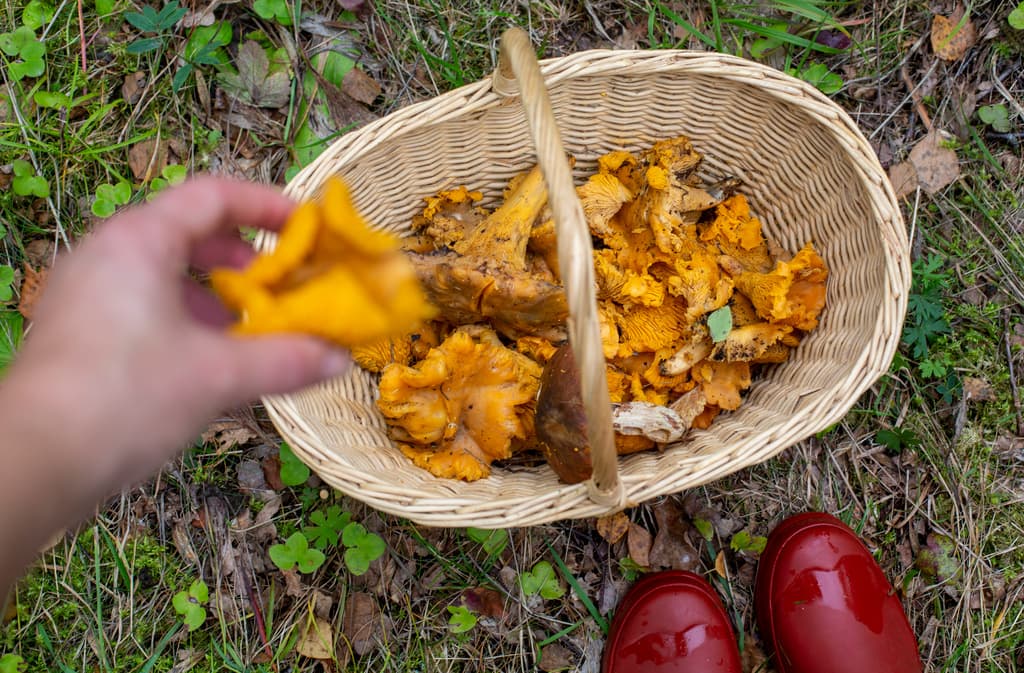Already now, it's possible to find the forest's gold in several places around the country. Sudden changes between sun and rain have made the chanterelles thrive.
Mushroom consultant Theresia Lückner tips about the best "hunting grounds".
The chanterelle wants a lot of moisture and therefore needs rain. But too much rain makes them rot. Therefore, they also need sun and warmth to be able to come up.
Theresia Lückner is a mushroom consultant and lives in northern Bohuslän. She describes that chanterelle enthusiasts have the mixed weather to thank for the fact that there are now many mushrooms.
This weather that has been now has been extra favorable. And where I live, they're starting to get a bit of size too, it's incredibly fun, she says.
In common language, they are called summer chanterelles, but according to Theresia Lückner, it's worth noting that there is no species called that.
It's the same family that comes in the summer and autumn, but they come at different times depending on whether it's favorable where they grow.
Whether it will be an extra good "mushroom year" this year is too early to say, according to Theresia Lückner.
It was the first thing I learned when I became a trained mushroom consultant: never promise anything, the one who lives will see.
To find chanterelles, there are special places to look.
My best tip to those who have started picking mushrooms is to check old tractor roads. In the tracks, they like to grow along the edges, where there is often a lot of moisture, says Theresia Lückner.
Other places where the mushroom consultant thinks you should look are by road edges and near ditches. In the forest, you should keep an eye on uneven terrain, such as in hollows or on heights where there is plenty of moisture, but where the chanterelles can avoid standing with their feet in water.





